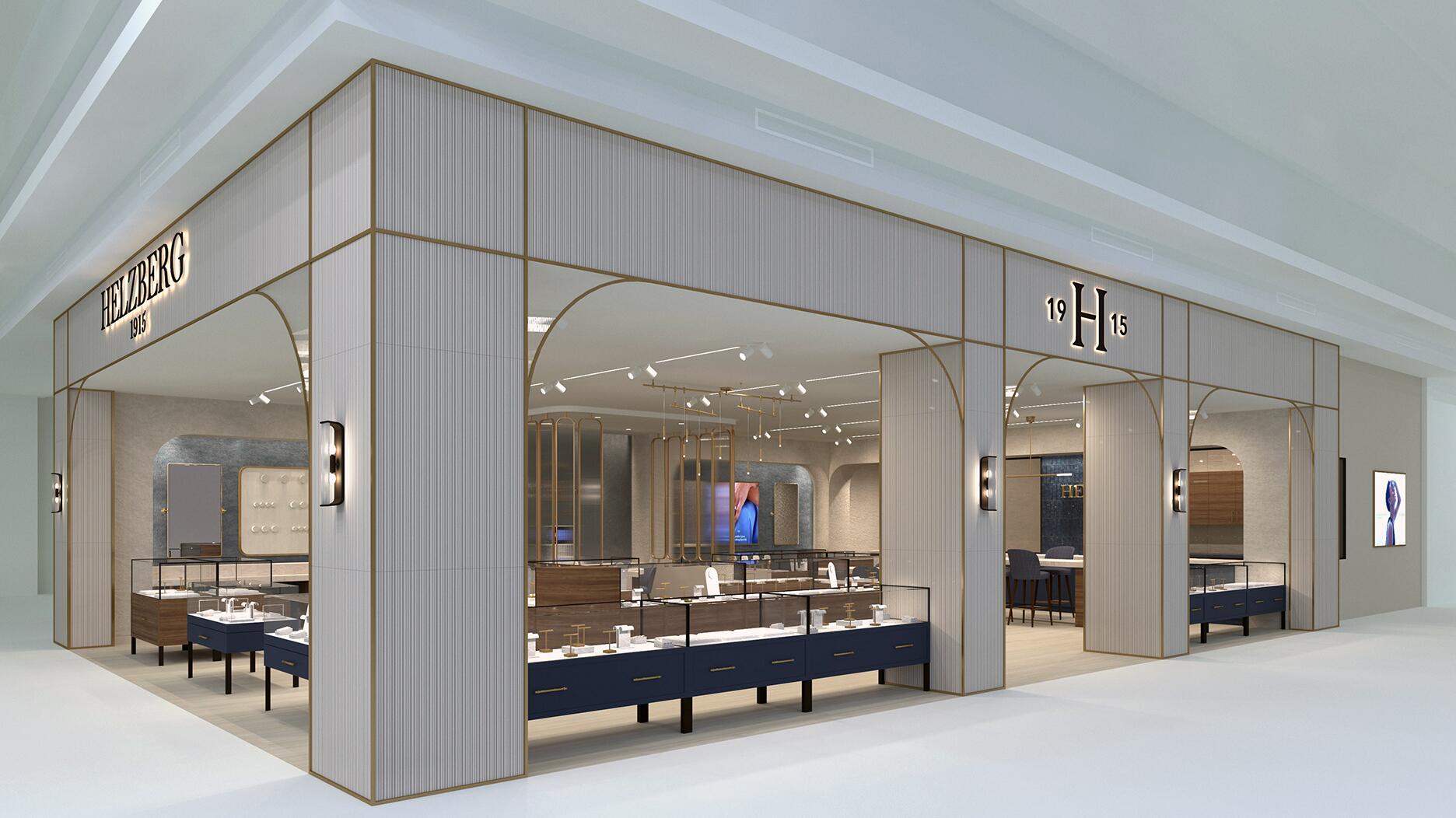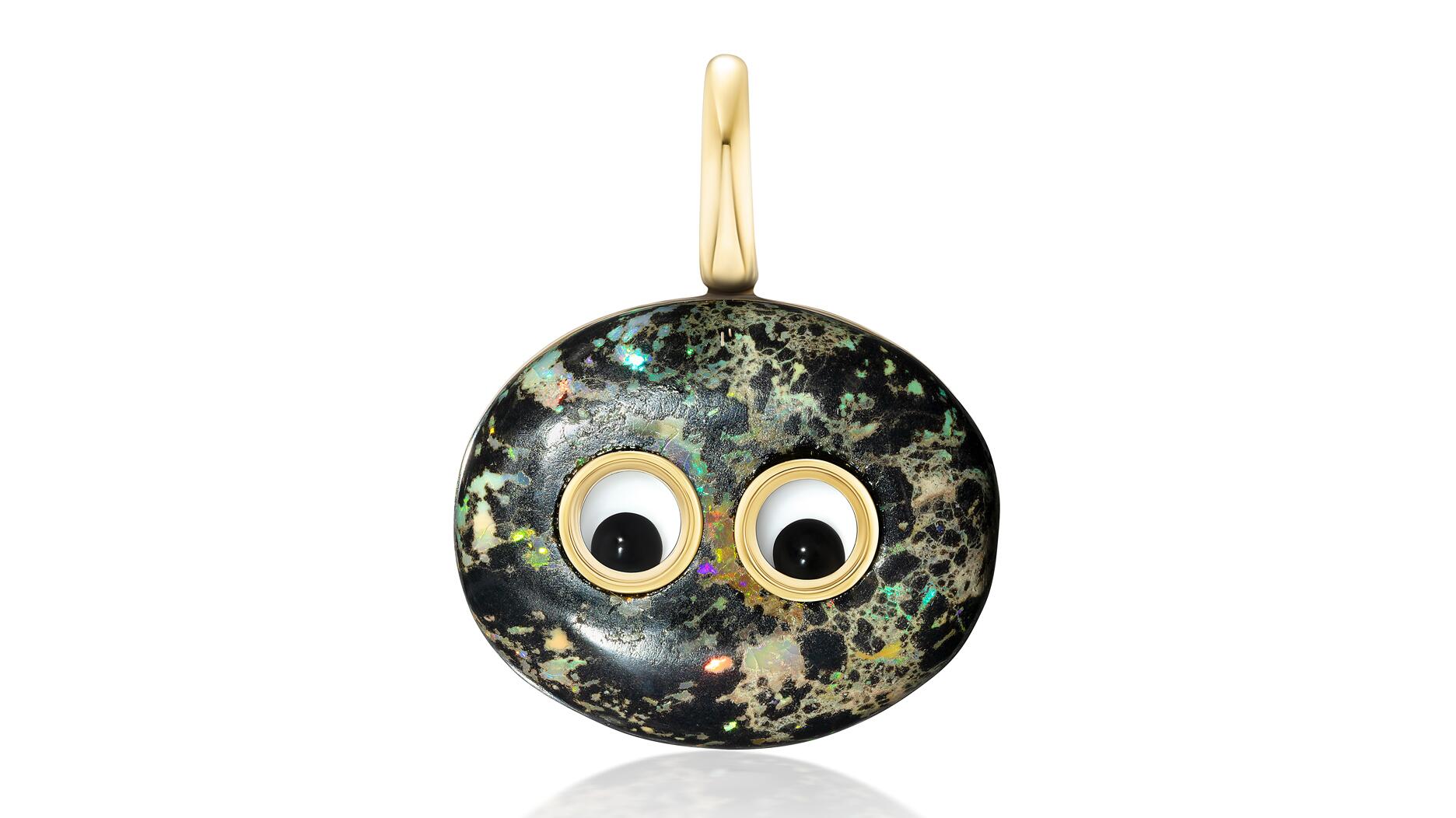In the recent multi-shipment seizure, CBP also found counterfeit Audemars Piguet, Moncler, and Chrome Hearts items.
5 Things That Were Hot in Tucson
Senior Editor Brecken Branstrator talks about the stones and colors most prominent at the gem shows.

The annual Tucson gem shows in February are a blessing for a number of reasons.
The first is that it gives all of us in much colder climates the opportunity to head out West to the warm (at least during the daytime) desert and get some Vitamin C.
It’s also a fabulous time to catch up with industry friends and be able to totally geek out over gems with the exact crowd that appreciates the enthusiasm.
This year, with the entire National Jeweler team finally making the trek to Tucson with me, I walked the many show floors and talked to many exhibitors at AGTA’s GemFair, the GJX show and then had some of my own fun out in the tents and hotel shows.
Overall, the buying activity seemed to be decent and everyone, at the very least, was more than happy to be back in the desert and seemed optimistic about the direction in which the gem market is heading.
Here’s a round-up of some of the trends prevalent out West, both from my own observations and from the feedback I got after talking to a number of exhibitors.
1. Sapphires. This one didn’t surprise me, as it’s been a consistent topic in the gemstone market for a while now, but I always feel the need to include it since sapphires are doing so well right now.
Not only did I see sapphires everywhere in Tucson, but for so many of the exhibitors that I talked to both during the shows and afterward, this was one of the first answers they gave me when I asked what was selling.
And not just blue, which has stayed hot as it leverages the colored bridal trends and blue stones ride a popularity wave right now, but the fancy-colored sapphires and the warm options they bring as well.
2. Pastels. Consumers are craving them, designers are putting them in many of their designs and dealers are happy to provide them; pastel-colored gems are definitely having a moment.
My first point about sapphires has a lot to do with this trend, as people have told me time and again that the peachy and pink fancy-colored sapphires have helped keep interest in the classic stones, and the conversation around this color set continued in the desert.
Also doing well right now are aquamarine, amethyst, morganite and the blush shades of garnet, all
3. Spinel. This gemstone seems to have taken its new status as an August birthstone and run with it.
It seemed like spinels were everywhere in Tucson, and they weren’t just being displayed by many exhibitors but also purchased by many attendees.
Reds and pinks might be among the most sought-after, but the uptick in demand for the stone has trickled through to its other colors, like lilac, gray and steely blue.
One exhibitor in a post-Tucson conversation told me that demand was high for all of the gem’s colors she offered at GemFair--red, coral, light pink and the gray/platinum hues.
4. Rubies, especially from Mozambique. While Burmese rubies may have stolen the spotlight in the fall as the news broke that they could be imported again, it was their African counterparts that brought so much of the love for the red corundum to Tucson.
There were so many fine Mozambican rubies at the shows, which is fitting since it seems to be the direction in which that market is really heading.
I had one exhibitor tell me that their fine Mozambique material garnered a lot of attention, with their Burmese ruby-like characteristics and coloring and their much more affordable pricing.
He added that the company, and several other dealers he has talked to, believe that interest in this particular stone will continue to grow as consumers realize just how great the material is.
Another dealer said that more and more people have been asking him directly for their Mozambican goods, which hadn’t been the norm for them in the United States as, he said, origin tends to matter less to the buyers here than in Asian markets.
Interestingly, he told me that be believes the increased awareness is due in large part to the marketing efforts done by Gemfields to promote their rubies.
5. Special stones. Tucson is always great for a hands-on learning experience, but this year there seemed to be even more interesting and rare stones than I remember in years past.
I was introduced to sphene a few times and had a long conversation with a dealer about trapiche gems--and not just of the emerald variety--and where he thought that market was going for these stones (more to come on that topic in a blog post next month).
Another dealer told me that while he did sell a lot of emeralds and sapphires, he noticed that people were getting to be a bit more adventurous with their buying during this year’s Tucson shows.
Special stones also includes stones with quality and interesting cuts, because that was a prediction from many dealers before the show and it certainly seemed to hold true.
The Latest

Jewelers of America execs and National Jeweler editors discuss tariffs, the sky-high gold price, and the engagement that broke the internet.

The luxury goods company said founder Ippolita Rostagno will remain at the brand’s helm.

How Jewelers of America’s 20 Under 40 are leading to ensure a brighter future for the jewelry industry.

Laura Burdese, who joined the Italian luxury brand in 2022, will take on the role in July.


Need a gift for the cat lover who has everything? Look no further than our latest Piece of the Week.

It purchased the “Grosse Pièce,” an ultra-complicated Audemars Piguet pocket watch from the ‘20s, for a record-breaking price at Sotheby’s.

Roseco’s 704-page catalog showcases new lab-grown diamonds, findings, tools & more—available in print or interactive digital editions.

The lab-grown diamond grower now offers custom engagement and fashion jewelry through its Kira Custom Lab Jewelry service.

Chandler got his start at Michelson Jewelers and has served as DCA president and CEO since 2001. He will retire at the end of the month.

The boutique is slated to open this week inside Terminal 8, offering pre-owned Rolex watches and more to international travelers.

Sponsored by Digital Monitoring Products
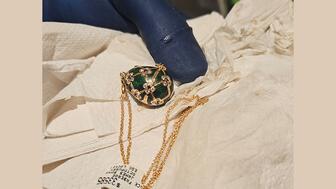
The special-edition egg pendant ingested in a New Zealand jewelry store was recovered after a six-day wait.
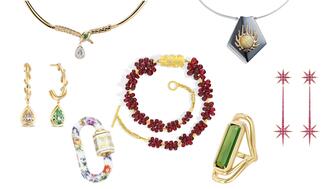
Associate Editor Natalie Francisco plays favorites with Piece of the Week, selecting a standout piece of jewelry from each month of 2025.

The “Love and Desire” campaign is inspired by the magic that follows when one’s heart leads the way, said the brand.

Two awardees will receive free tuition for an educational course at the Swiss lab, with flights and lodging included.

Berta de Pablos-Barbier will replace Alexander Lacik at the start of January, two months earlier than expected.
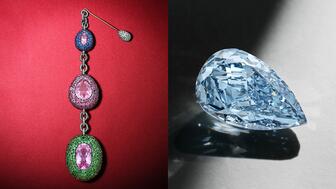
Sotheby’s held its first two jewelry sales at the Breuer building last week, and they totaled nearly $44 million.

Winners will receive free registration and lodging for its fourth annual event in Detroit.

Here are six ideas for making more engaging content for Instagram Reels and TikTok, courtesy of Duvall O’Steen and Jen Cullen Williams.
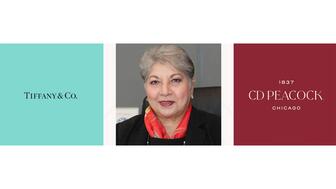
The honorees include a notable jewelry brand, an industry veteran, and an independent retailer.

Carlos Jose Hernandez and Joshua Zuazo were sentenced to life without the possibility of parole in the 2024 murder of Hussein “Sam” Murray.

Yood will serve alongside Eduard Stefanescu, the sustainability manager for C.Hafner, a precious metals refiner in Germany.

The New Orleans jeweler is also hosting pop-up jewelry boutiques in New York City and Dallas.

Set in a Tiffany & Co. necklace, it sold for $4.2 million, the highest price and price per carat paid for a Paraíba tourmaline at auction.
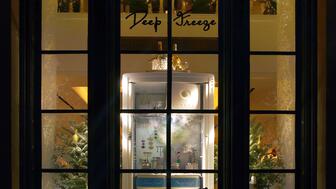
The jeweler’s “Deep Freeze” display showcases its iconic jewelry designs frozen in a vintage icebox.
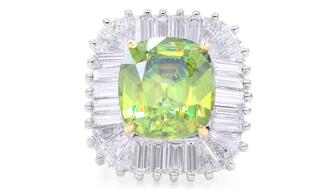
Take luxury gifting to new heights this holiday season with the jeweler’s showstopping 12-carat sphene ring.












